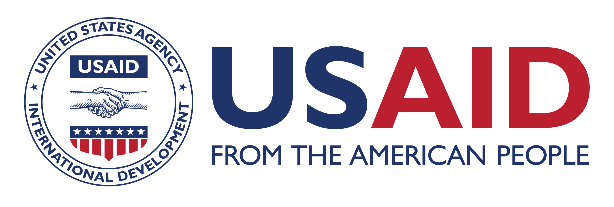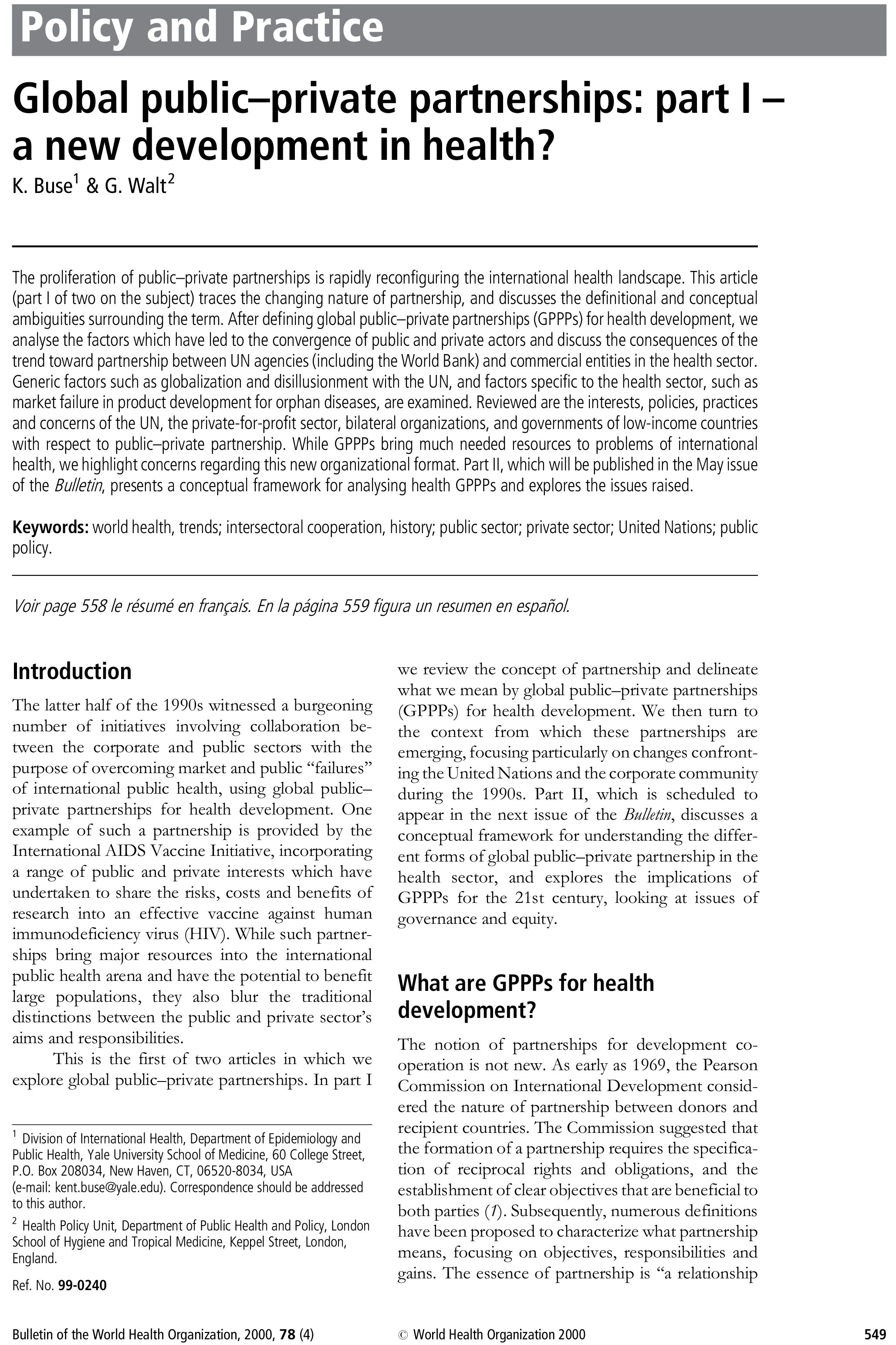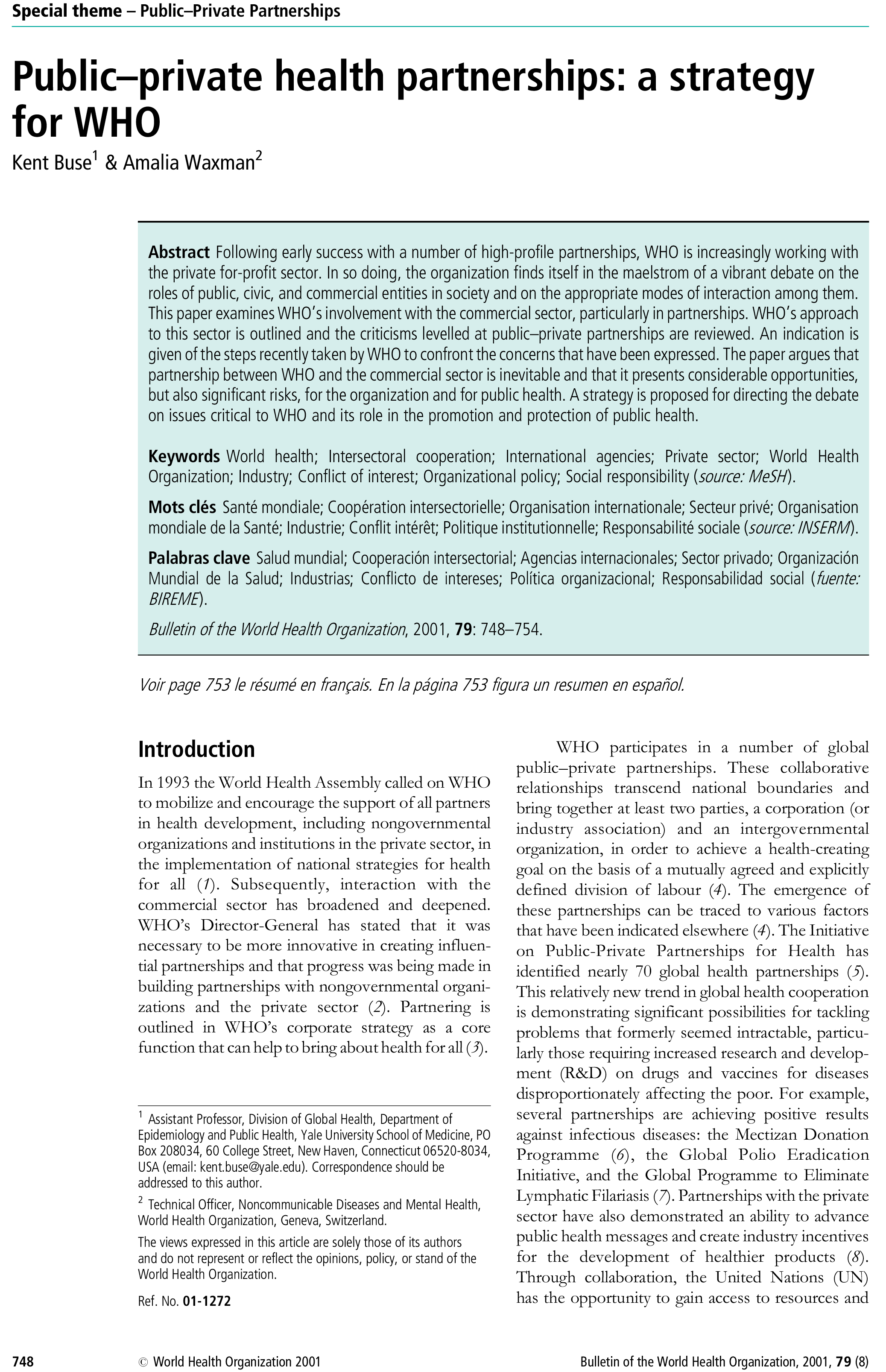
Resource Library
Targeting: A Key Element of National Contraceptive Security Planning
Global demand for family planning services continues to increase rapidly. By 2015, the number of women using modern contraceptives is expected to nearly double (Ross and Bulatao, 2001). This dramatic growth is due in part to an increase in the number of women of reproductive age. It also stems from the fact that national family planning programs are doing a better job of both reaching out to women in need of family planning products and removing barriers to family planning services. Demand for condoms is rising even faster as a "dual-use" product, protecting against unwanted pregnancies as well as against sexually transmitted infections (STI), including HIV. New challenges for family planning programs have arisen from their success. In many family planning programs operated by the public sector, resources are falling short of growth in demand for services. At the same time, individuals with unmet need for family planning services are increasingly concentrated among hard-to-reach groups. Moreover, as low-cost public services come to dominate the family planning market, they compete with and crowd out the private sector. This brief explores one potential solution—targeting—to meet these challenges, alleviating barriers to the expansion and use of family planning services.
Resource Type : Other
Country :
Year : 2003-10-16T17:00:00
Language : English
Project : SHOPS

Resource Library
Policy Aspects of Achieving Contraceptive Security
A key condition of contraceptive security is a policy environment that enables forecasting, financing, procuring, and delivering contraceptives in a fair and equitable way to all women and men who need them. Contraceptive security exists in a country when all women and men who need and want contraceptives can obtain them. Policies can either inhibit or enhance achievement of contractive security. There is a dynamic relationship between the policy environment, the logistics and management functions of delivering contraceptive supplies and services, and contraceptive security. More emphasis is typically given to logistics and management issues than to policy issues in efforts to promote contraceptive security. However, the importance of a favorable policy environment as a linchpin to contraceptive security is becoming increasingly apparent. This brief focuses on the key policy aspects of contraceptive security, and describes how policy interventions are essential to achieving contraceptive security.
Resource Type : Other
Country :
Year : 2002-05-01T16:45:00
Language : English
Project : SHOPS

Resource Library
Factors Influencing the Growth of the Commercial Sector in Family Planning Service Provision
The need to meet the family planning needs of men and women, coupled with dwindling donor resources, is forcing family planning programs worldwide to confront increasingly difficult financial challenges. One option for expanding the resource base for family planning and reproductive health services in developing countries is to promote the growth of the commercial family planning sector. Using DHS data for 45 countries, this paper demonstrates that (1) the commercial sector plays an important role in national family planning markets, even in countries where contraceptive prevalence is low; and (2) the commercial family planning sector does not always develop coincidentally as prevalence grows or as programs mature. If the commercial sector does not necessarily gain market share as prevalence grows, what factors account for differences in commercial market shares across countries? This paper examines three sets of factors to explain variations in commercial market share across countries: Microeconomic or household factors. Characteristics of individuals, such as ability to pay or knowledge of contraception, may make them more likely to use the commercial sector. · Macroeconomic or business climate factors. Characteristics of a country and its economy may lead to a larger commercial market share for contraceptive services and commodities. · Programmatic factors. Characteristics of a family planning program, such as government support and method mix, may lead to a larger commercial market share.
Resource Type : Other
Country :
Year : 2001-02-01T16:15:00
Language : English
Project : SHOPS

Resource Library
Performance Improvement: Stages, Steps and Tools
Performance Improvement (PI) is a method for analyzing performance problems and setting up systems to ensure good performance. PI is applied most effectively to groups of workers within the same organization or performing similar jobs. While PI principles are relevant to workers in any field, this publication focuses on primary providers of reproductive health and family planning (RH/FP) care services. The PRIME II Performance Improvement Approach (PIA) is not a new intervention. Nor is it intended to replace other successful interventions or programs such as USAID's Maximizing Access and Quality (MAQ) initiative, EngenderHealth's Client-Oriented Provider-Efficient (COPE) services, Quality Assurance, Situation Analysis or Whole Site Training, one or more of which may already be in place when PI is implemented. Rather, the PI methodology offers a set of tools that can be used independently or in conjunction with other interventions to improve the accessibility and quality of RH/FP services.
Resource Type : Tool
Country :
Year : 2002-08-01T13:00:00
Language : English
Project : SHOPS

Resource Library
Global Public–Private Partnerships: Part I – A New Development in Health?
The proliferation of public-private partnerships is rapidly reconfiguring the international health landscape. This article (part I of two on the subject) traces the changing nature of partnership, and discusses the definitional and conceptual ambiguities surrounding the term. After defining global public-private partnerships (GPPPs) for health development, we analyse the factors which have led to the convergence of public and private actors and discuss the consequences of the trend toward partnership between UN agencies (including the World Bank) and commercial entities in the health sector. Generic factors such as globalization and disillusionment with the UN, and factors specific to the health sector, such as market failure in product development for orphan diseases, are examined. Reviewed are the interests, policies, practices and concerns of the UN, the private-for-profit sector, bilateral organizations, and governments of low-income countries with respect to public-private partnership. While GPPPs bring much needed resources to problems of international health, we highlight concerns regarding this new organizational format. Part II, which will be published in the May issue of the Bulletin, presents a conceptual framework for analysing health GPPPs and explores the issues raised.
Resource Type : Brief
Country :
Year : 2000-01-01T15:00:00
Language : English
Project : SHOPS

Resource Library
Public–Private Health Partnerships: A Strategy for WHO
Following early success with a number of high-profile partnerships, WHO is increasingly working with the private for-profit sector. In so doing, the organization finds itself in the maelstrom of a vibrant debate on the roles of public, civic, and commercial entities in society and on the appropriate modes of interaction among them. This paper examines WHO's involvement with the commercial sector, particularly in partnerships. WHO's approach to this sector is outlined and the criticisms leveled at public-private partnerships are reviewed. An indication is given of the steps recently taken by WHO to confront the concerns that have been expressed. The paper argues that partnership between WHO and the commercial sector is inevitable and that it presents considerable opportunities, but also significant risks, for the organization and for public health. A strategy is proposed for directing the debate on issues critical to WHO and its role in the promotion and protection of public health.
Resource Type : Brief
Country :
Year : 2001-01-01T14:45:00
Language : English
Project : SHOPS
Pagination
- Previous page
- Page 14






